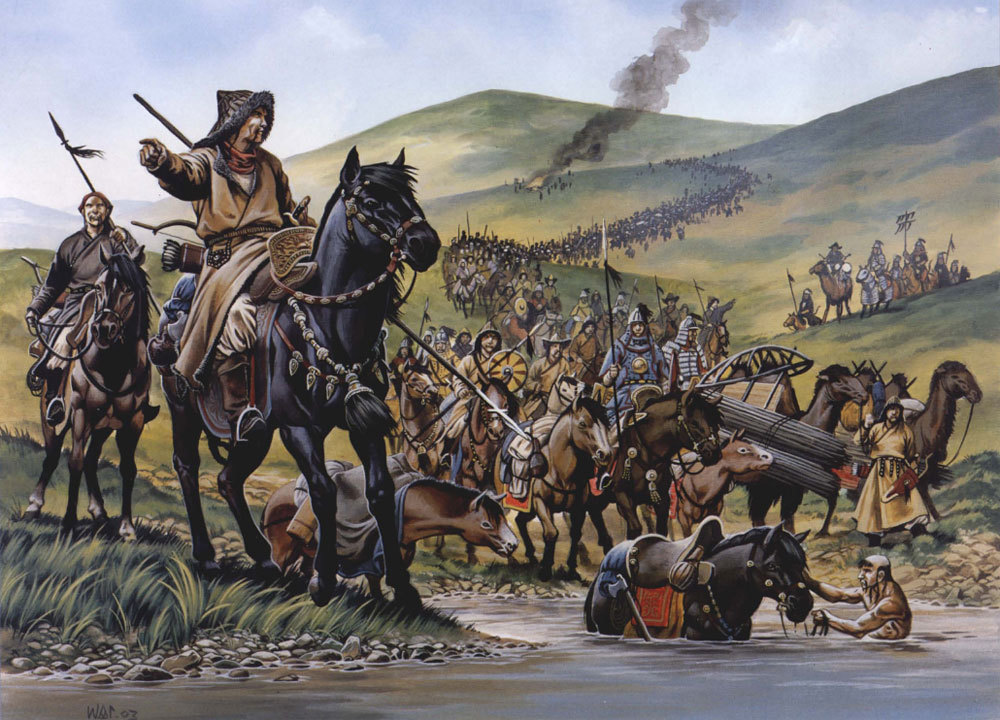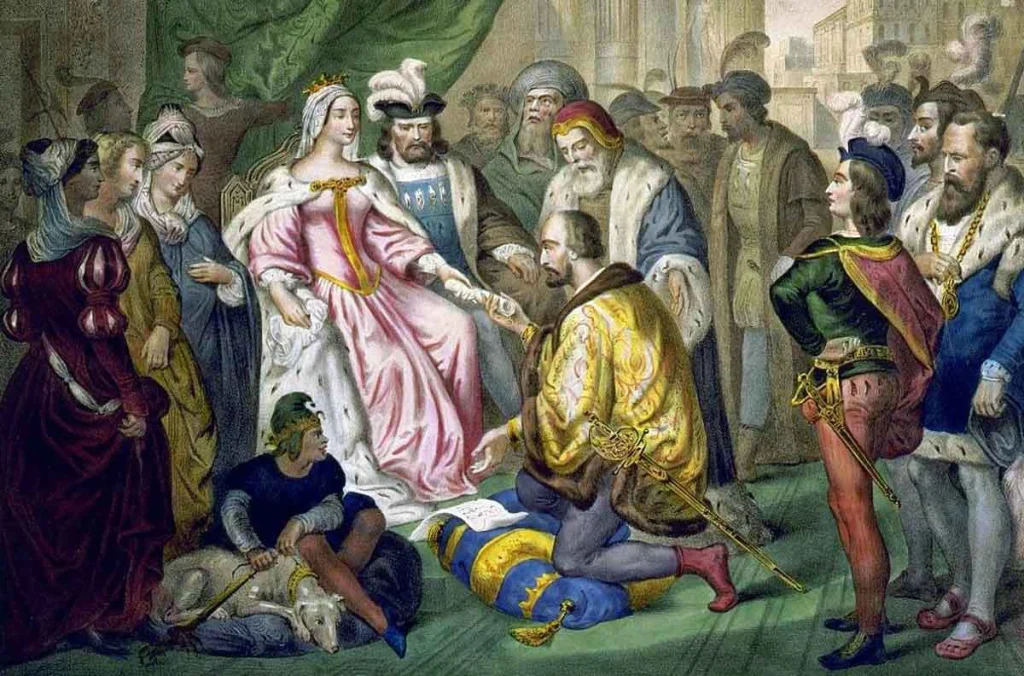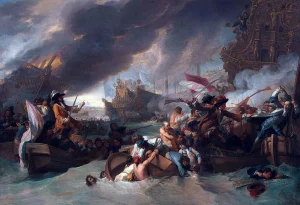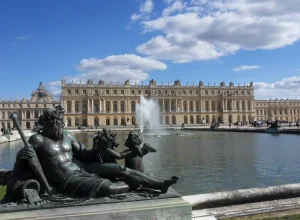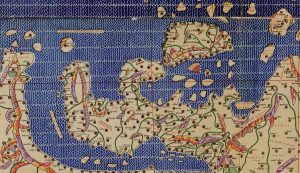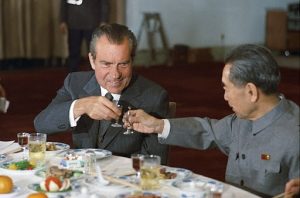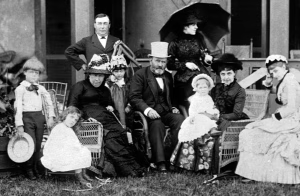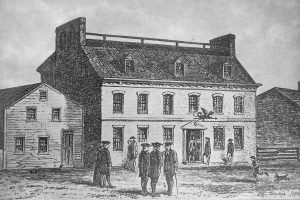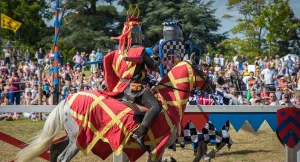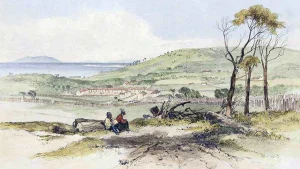The wind off the Volga cut like broken glass, bitter and unrelenting. Snow churned in the air like ash, coating the twisted metal, frozen corpses, and shattered bricks of a once-living city. This was Stalingrad in the winter of 1942–43—a city not merely under siege, but swallowed by it. The name would come to symbolize the turning of the tide in World War II, but in that moment, it was a place of impossible suffering, stubborn courage, and unspeakable despair.
For months, the city had been a cauldron of fire and ruin. When Hitler launched Operation Barbarossa in 1941, his Wehrmacht tore into the Soviet Union like a blade, racing across the steppes and seizing city after city. But by the summer of 1942, his eye turned to the south—to the oil fields of the Caucasus and to the city that bore Stalin’s name. Taking Stalingrad would be a symbolic triumph as much as a strategic one. It would break Soviet morale, secure the German southern flank, and show the world that Hitler’s empire was unstoppable.
But the city refused to fall.
The battle began in late August 1942 with a storm of Luftwaffe bombs that flattened much of Stalingrad in days. Entire districts were reduced to rubble. Civilians died by the thousands. Yet amidst the smoking ruins, Soviet soldiers—many barely trained, many little more than boys—dug in. They fought street by street, house by house, floor by floor. It was not war as generals envisioned it. It was war as a crawling, personal, hand-to-hand nightmare.
The Germans called it Rattenkrieg—rat war. They were trained for open battle, blitzkrieg, swift armored thrusts. What they found in Stalingrad was a maze of sniper nests, booby traps, and sudden ambushes. Soviet troops would fire from the basements, retreat up stairwells, then launch grenades from the roofs. A single building might change hands a dozen times in a single day.
The Volga River, running behind the Soviet lines, became both lifeline and graveyard. Supplies came across at night, ferried under the cover of darkness and artillery fire. Thousands of wounded men and starving civilians were taken out. Thousands more didn’t make it. Frozen bodies floated in the icy water, caught in the reeds.
The defenders were commanded by General Vasily Chuikov, a tough and ruthless leader who understood the stakes. “We will hold the city or die here,” he told his troops. And many did. But so did their enemies. The German Sixth Army under General Friedrich Paulus had been considered one of the Wehrmacht’s finest formations. Yet in Stalingrad, its strength bled away by degrees. Every block they captured cost them dearly. Every gain was met with a counterattack.
By November, the city was a cemetery.
And then, in a move that stunned the world, the Soviets struck.
Operation Uranus was launched on November 19, 1942. It wasn’t aimed at the city itself, but at the weaker Romanian and Hungarian forces guarding the flanks of the German Sixth Army. In a few short days, the Red Army encircled Stalingrad, trapping over 250,000 Axis troops inside.
The trapped Germans hoped for relief. Hitler promised it. But it never came. Supplies were flown in—just enough to keep the army alive, never enough to break the siege. Temperatures dropped below -30°C. Horses were eaten. Boots froze to the ground. Ammunition ran low. Medical care was nearly nonexistent. Disease and starvation set in.
Still, the Germans fought on, held in place not only by discipline but by Hitler’s refusal to allow retreat. Paulus, once the pride of the Wehrmacht, was now commander of a doomed army. He requested permission to surrender. The answer was no. When Soviet troops finally closed in on his headquarters in late January 1943, Paulus surrendered anyway. He was promoted to Field Marshal just the day before—the implication being that he should die before allowing himself to be captured. He refused that, too.
More Stories
The fighting in the city lasted 200 days. When it ended, more than two million men had fought and over a million were dead, wounded, or missing. The numbers defy belief. The city itself was reduced to a skeletal shell. No tree stood, no window remained. Civilians who had survived the initial bombings lived underground like ghosts, scavenging for food and warmth in the carcass of their home.
But the Red Army had done the unthinkable. They had not only defended Stalingrad—they had turned the war.
For Hitler, the loss was catastrophic. His armies were now on the defensive, and the myth of German invincibility was broken. For Stalin, it was a vindication—a victory to be paraded and remembered. For the Allies, it proved that the Soviet Union would not collapse, and that the Axis could be defeated.
Yet for the soldiers who lived it, Stalingrad was less a victory than a scar that never healed.
Some remembered the screams in the snow. The frozen dead, locked in final poses. The comrades who died for a building that would be bombed again the next morning. The endless hunger. The smell of death in the air. Others remembered the strange moments of humanity—a German medic sharing water with a wounded Russian, or a ceasefire to retrieve bodies from the no man’s land of a ruined street.
Stalingrad is more than a chapter in a history book. It is a symbol—of the depths of human suffering, of the extremes of total war, and of the will to resist when everything is lost. It is a place where valor and despair lived side by side. Where men fought not for glory or gain, but simply to survive one more day. Where history shifted not in a palace or a capital, but in the snow-choked ruins of a broken city on the edge of the Volga.
And when spring finally came, it brought no comfort—only thawed bodies, ruined buildings, and a silence that seemed too heavy to break.





